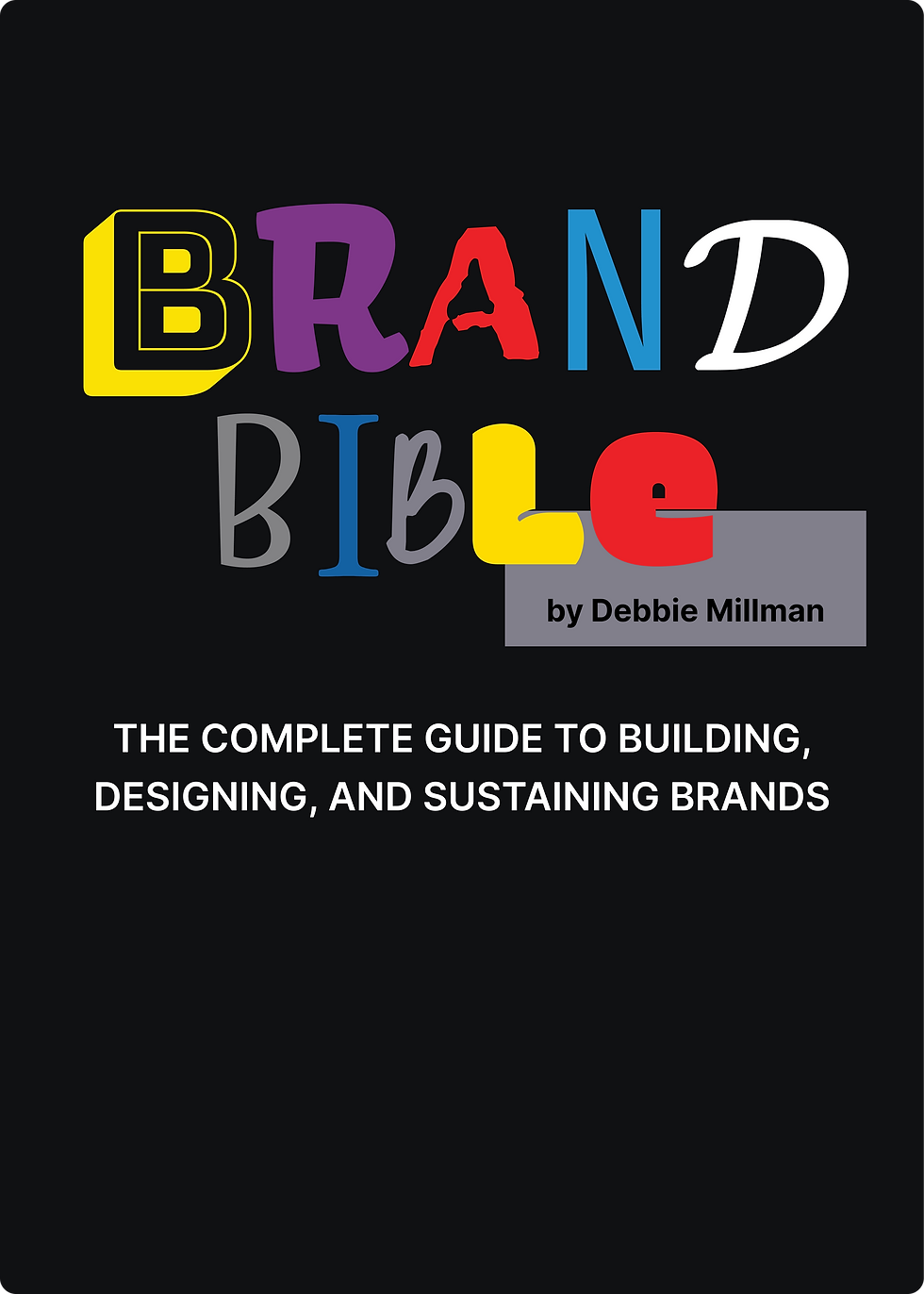Continuously monitor and adapt
Develop a brand narrative
Understand your target audience
Create a consistent visual identity
Define your brand's purpose and values
About the author
Summary
A brand strategy should evolve over time to reflect changes in the market, customer needs, and business goals.
Why it's important: Continuously monitoring and adapting your brand strategy helps to ensure that your brand remains relevant and resonates with your target audience.
How to implement it: Regularly monitor and analyze market trends, customer feedback, and business performance metrics. Use these insights to adapt your brand strategy as needed, while staying true to your brand's purpose and values.
A brand narrative is the story behind your brand, including its history, values, and purpose. It helps to create an emotional connection between your brand and your audience.
Why it's important: A brand narrative can help differentiate your brand from competitors and build a deeper connection with your audience.
How to implement it: Develop a brand narrative that tells the story of your brand, including its history, values, and purpose. Use this narrative in your brand messaging and communication.
A brand targeting young adults will have different messaging and branding than a brand targeting seniors. Understanding your target audience's needs, values, and behaviors is essential for effective brand communication.
Why it's important: Tailoring your brand messaging and visual identity to your target audience helps to build a strong connection with them and increase brand loyalty.
How to implement it: Conduct market research to gain insights into your target audience's demographics, psychographics, and behaviors. Use these insights to create messaging and branding that resonates with your audience.
A brand's visual identity includes elements such as logos, typography, colors, and imagery. These elements should be consistent across all touchpoints, from product packaging to advertising campaigns.
Why it's important: A consistent visual identity helps customers recognize and remember your brand. It also reinforces your brand's values and personality.
How to implement it: Develop a style guide that outlines your brand's visual identity, including guidelines for logo usage, color schemes, typography, and imagery. Use this guide to ensure consistency across all touchpoints.
A brand's purpose might be to improve people's lives through innovative products, while their core values might include integrity, creativity, and social responsibility.
Why it's important: Defining your brand's purpose and values provides a clear direction for your brand strategy and helps guide decision-making throughout the organization.
How to implement it: Identify your brand's purpose and values by asking questions like "What does our brand stand for?" and "What value do we bring to our customers?" Use these insights to create a mission statement and values that align with your brand's purpose.
Create a consistent visual identity
Create a consistent visual identity
Define your brand's purpose and values
Understand your target audience
Who is it for?

Define your brand's purpose and values
Brand Bible: The Complete Guide to Building, Designing, and Sustaining Brands is a comprehensive guide to brand development and management. The book covers every aspect of branding, from creating a brand strategy to designing a brand identity and developing brand guidelines. It also explores the importance of brand culture and sustainability. The author provides real-world examples and case studies to illustrate key concepts and techniques. The book is intended for marketers, designers, and anyone involved in brand management. Overall, "Brand Bible" is a valuable resource for building and sustaining successful brands.
Debbie Millman is a highly influential figure in the design industry, having been named "one of the most influential designers working today" by Graphic Design USA. In addition to her work as an author, educator, and brand strategist, she is also the Chief Marketing Officer at Sterling Brands, where she has collaborated with over 200 of the world's largest brands.
Debbie is also the founder and host of Design Matters, the first and longest-running podcast about design. Over the past decade, she has interviewed more than 250 design luminaries and cultural commentators, including Massimo Vignelli, Milton Glaser, Malcolm Gladwell, Dan Pink, Barbara Kruger, and Seth Godin. The show has garnered millions of downloads and a Cooper Hewitt National Design Award, cementing Debbie's reputation as a leading voice in the design community.
Understand your target audience
Continuously monitor and adapt
Develop a brand narrative
Continuously monitor and adapt
Develop a brand narrative
Debbie Millman
Brand Bible
The Complete Guide to Building, Designing, and Sustaining Brands
Product design, Brand and Identity
